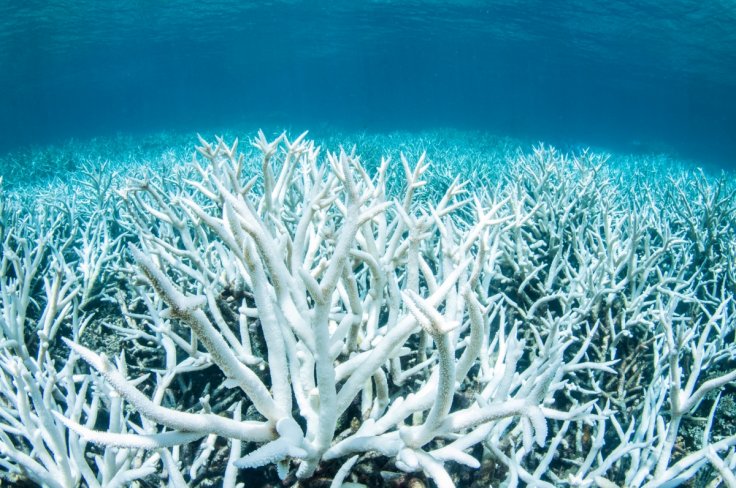Siberia recorded the warmest temperature this year, Greenland lost a massive amount of ice caps and Canada sliding into the Ocean, and wildfires are more frequent—all these are signs of dramatically changing climate. But research institutions and government agencies are now trying to focus on an idea that was once dismissed as science fiction.
The idea is controlling or cooling the earth's increased temperature artificially with the hope to have more time to decrease the emission level of greenhouse gases. To do this the experts need to follow a strategy which is called climate intervention or solar geoengineering—sending more of the sun's energy to space that will help to reduce the global temperature.
But the idea has been derided as dangerous, as many movie lovers have seen in the sci-fi film called 'Geostorm' in which the creators showed how controlling the earth's environment artificially can backfire. However, some also argued that the idea of artificially fixing the planet could also encourage people to keep burning fossil fuels and less care about their contribution to protecting the environment.

'Look for Options'
As global warming continues, some researchers and policy experts believe that geoengineering can help the world. Michael Gerrard, director of the Sabin Center for Climate Change Law at the Columbia Law School, said, "We're facing an existential threat, and we need to look at all the options. I liken geoengineering to chemotherapy for the planet: If all else is failing, you try it."
Recently SilverLining, which is a non-profit organization announced $3 million in research grants to some well-known institutions including the University of Washington, Cornell University, Rutgers University, and the National Center for Atmospheric Research. Their work will include some practical research such as how high in the atmosphere to inject aerosols to reflect the sunlight, the effects on the world's food supply, and how to shoot the right size particles into clouds to make them brighter.
Safe Climate Research Initiative
Named as Safe Climate Research Initiative, the revolutionary work has a goal and that is "to bring the highest-caliber people to look at these questions," said Kelly Wanser, SilverLining's executive director, while warning that the world is running out of time.
In late 2019, the US Congress gave the National Oceanic and Atmospheric Administration (NOAA) $4 million for a geoengineering research program, which will include efforts to assess "climate interventions." Even Australia also has started funding experiments to find out how technology can help to save the endangered Great Barrier Reef.
As per Chris Sacca, co-founder of Lowercarbon Capital, an investment group that is one of SilverLining's funders decarbonizing is necessary but it would take 20 years or more. So, in that case, the best option is exploring the climate interventions like sunlight reflection, said Sacca and added that "if we don't explore...now, we a surrendering countless lives, species, and ecosystems to heat".
Douglas MacMartin, a researcher in mechanical and aerospace engineering at Cornell University whose team received funding from the non-profit organization, said that one way to decrease the earth's temperature is by injecting aerosols into the upper layer of the atmosphere that helps to reflect sunlight away from the earth. "We know with 100 percent certainty that we can cool the planet," he added but what happens next is still not clear.
To find out the answers related to emerging questions about the impact of this process on the strength of the hurricanes, agriculture yields, and forest fires, Dr. MacMartin will model specific weather effects of injecting aerosols into the atmosphere above different parts of the world, and at different altitudes.
'Marine Cloud Brightening'

Apart from injecting aerosol, there is another way to bounce more of the sunlight back into space. The Australian government is providing funds for research into "marine cloud brightening,"—this is meant to make the clouds more reflective by spraying saltwater into the air.
Australian researchers believe that this process will help to save the Great Barrier Reef. The researchers think that if the marine clouds become more reflective then it will help to decrease the marine water temperature that eventually slows or stop the decline of the coral reefs.
This technique was tested by Daniel Harrison, a biological oceanographer at Southern Cross University in Australia in March 2020 and the "results were quite encouraging," he said. But there are challenges. Sarah Doherty, program manager for the University of Washington's Marine Cloud Brightening Project, said that the toughest part of this research would be building spray nozzles that consistently produce accurate size particles. She also said that the major aim of the research is to make sure that "you don't go out and inadvertently change things in a way that's going to cause damage".









